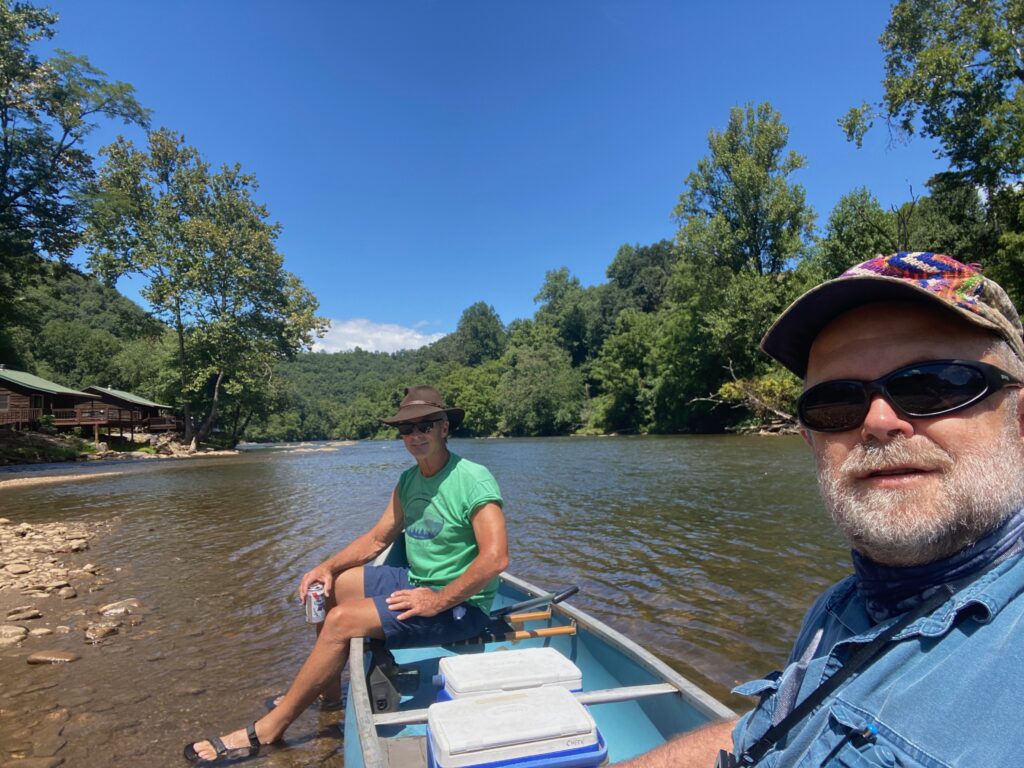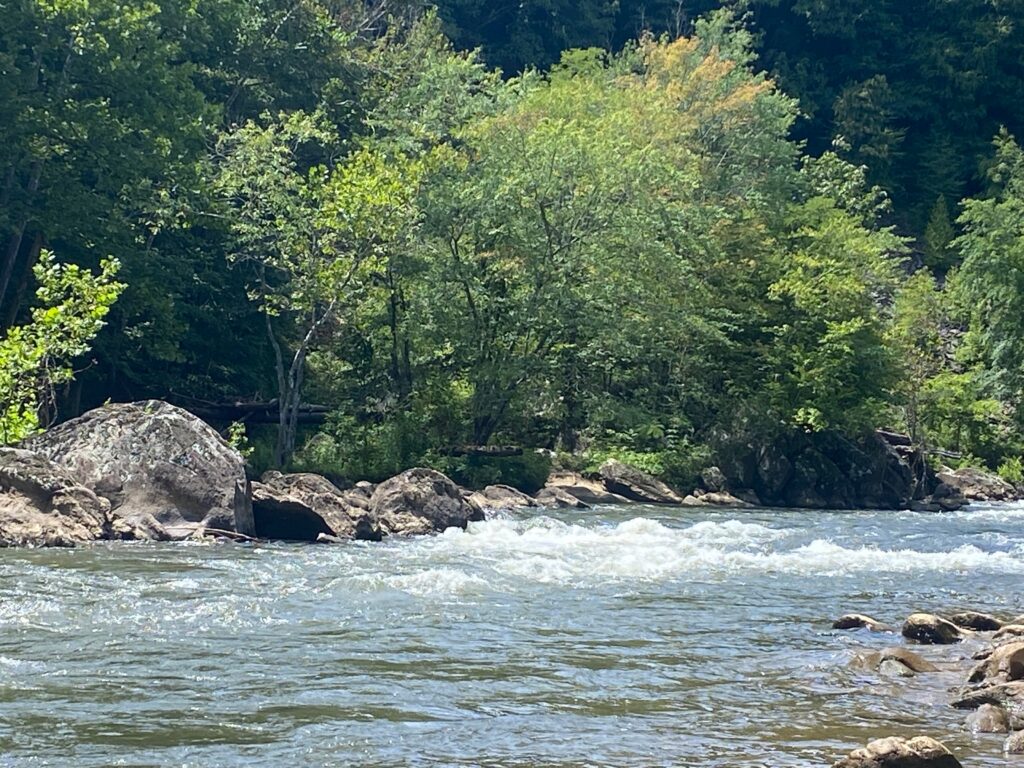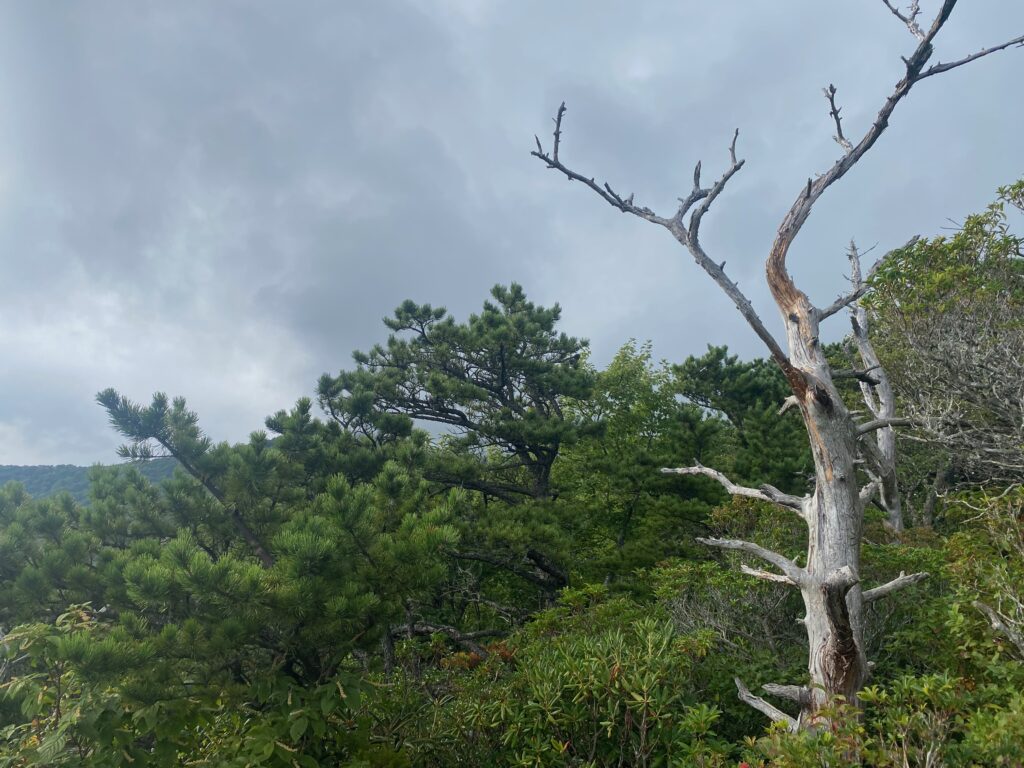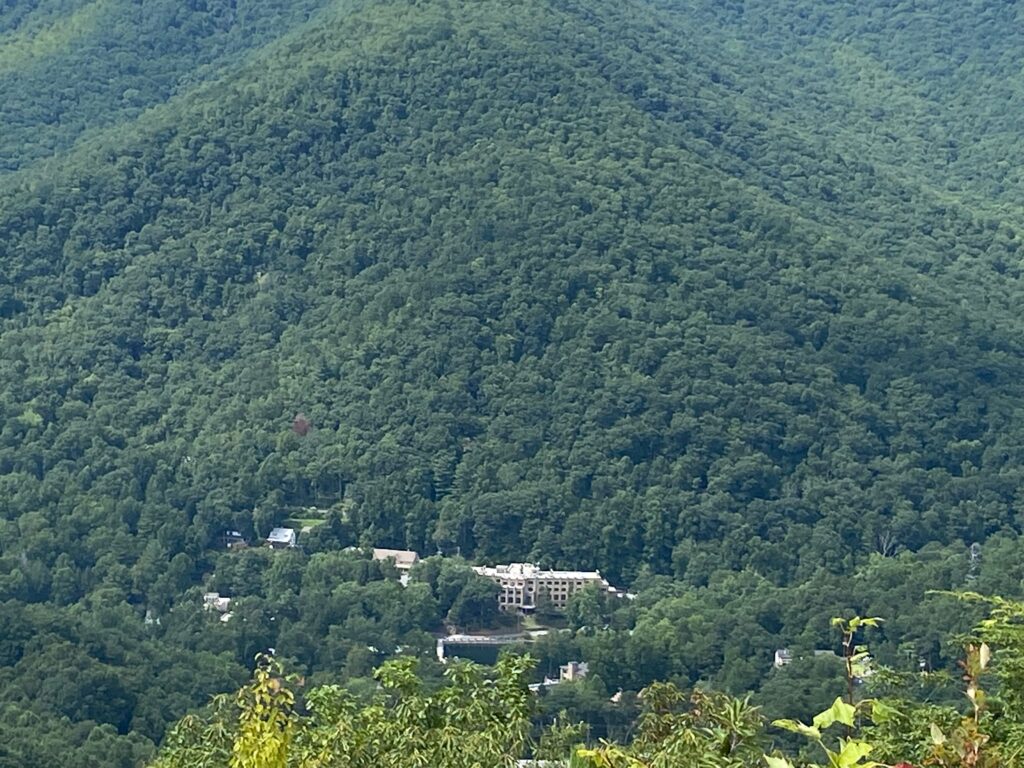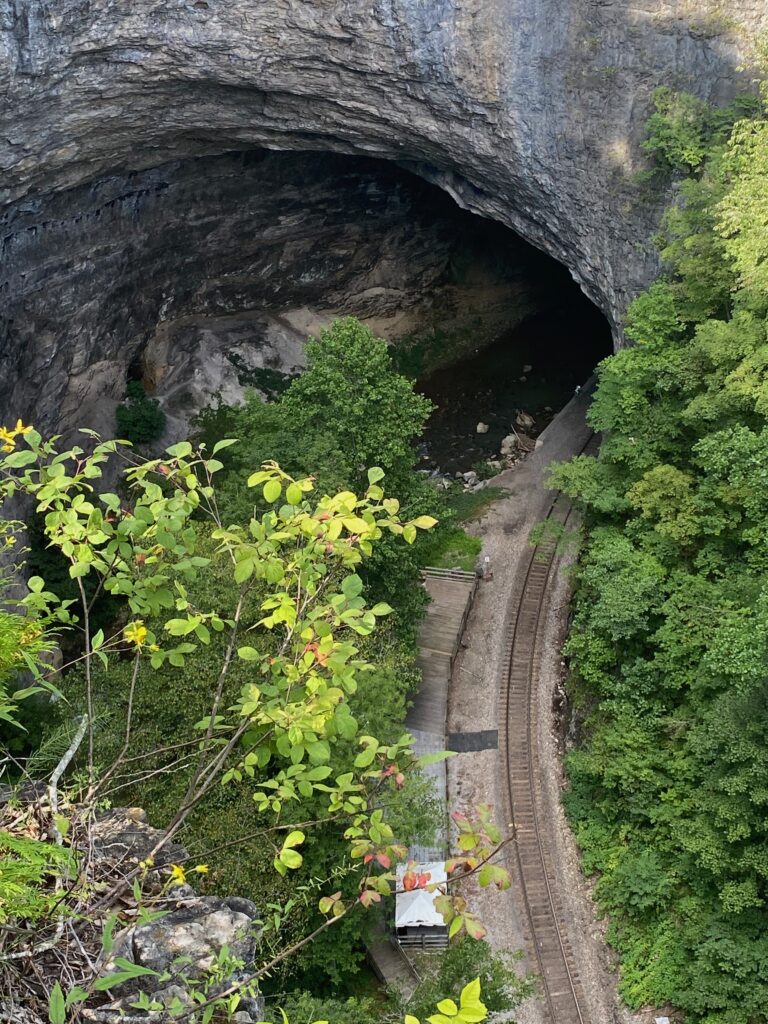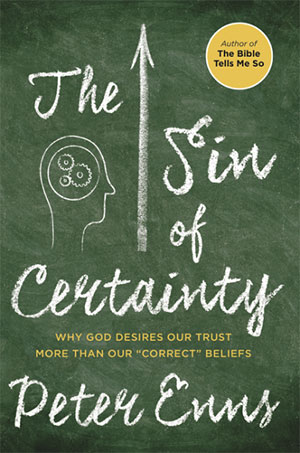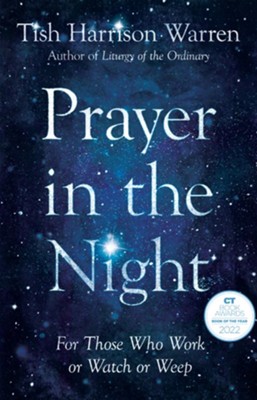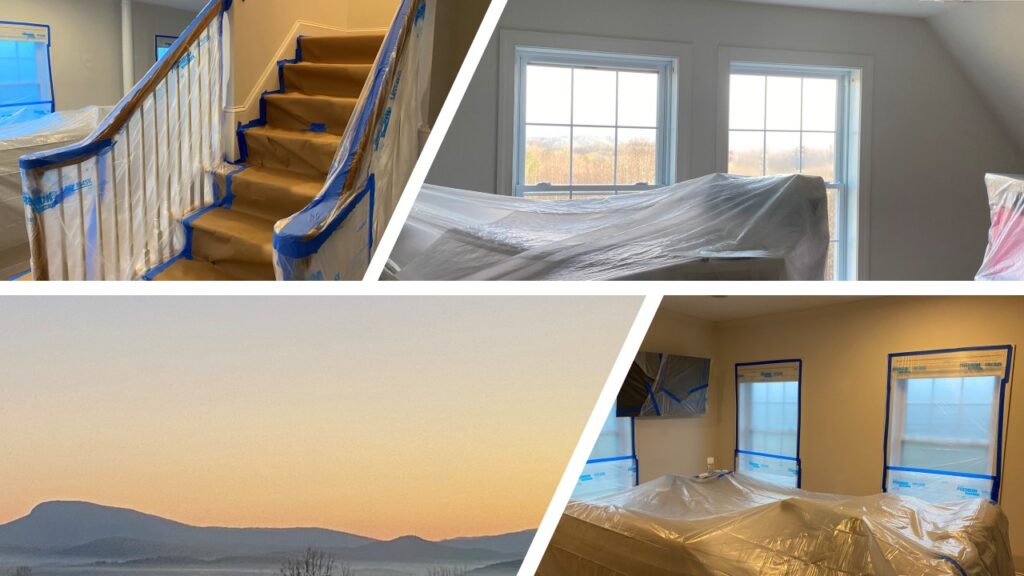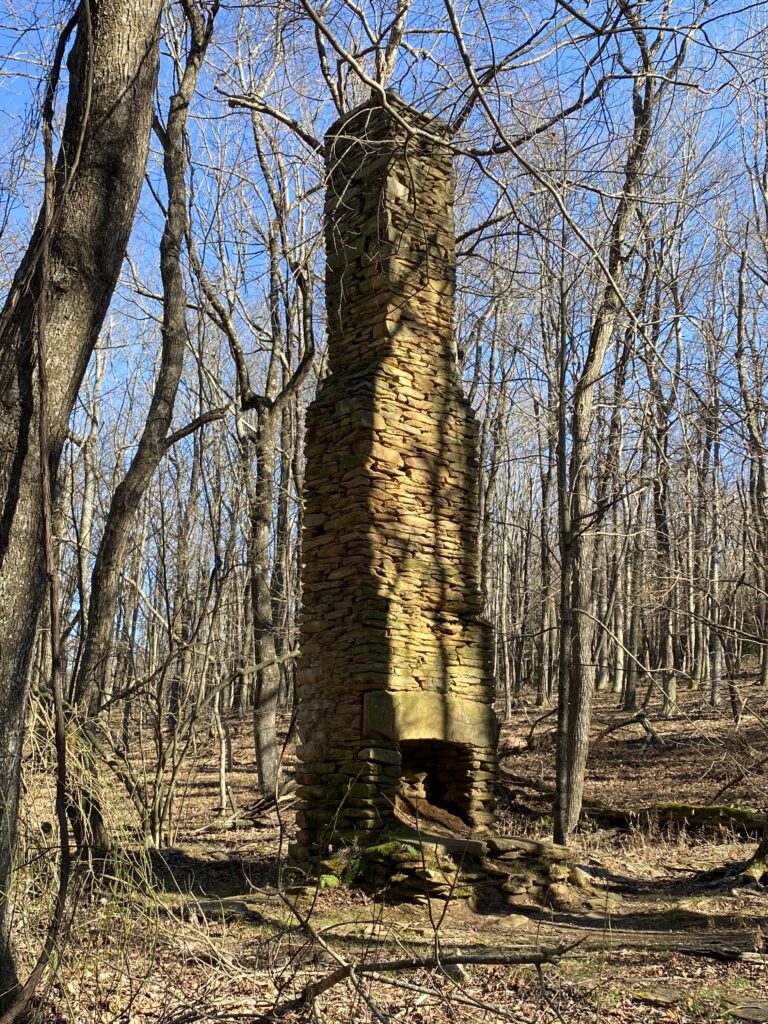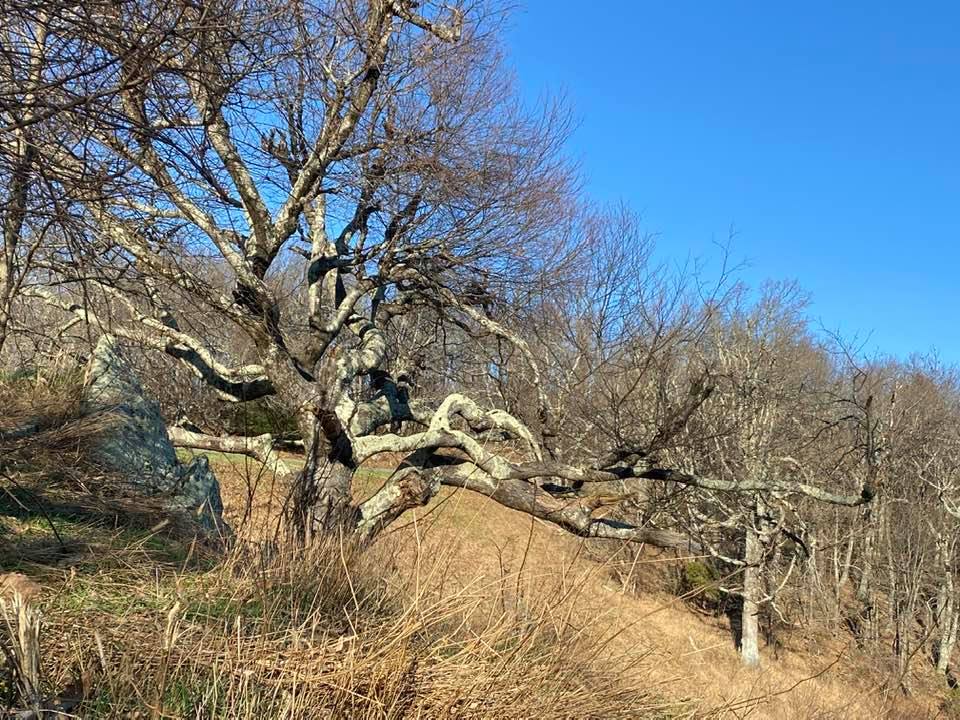Hunkered down in a storm
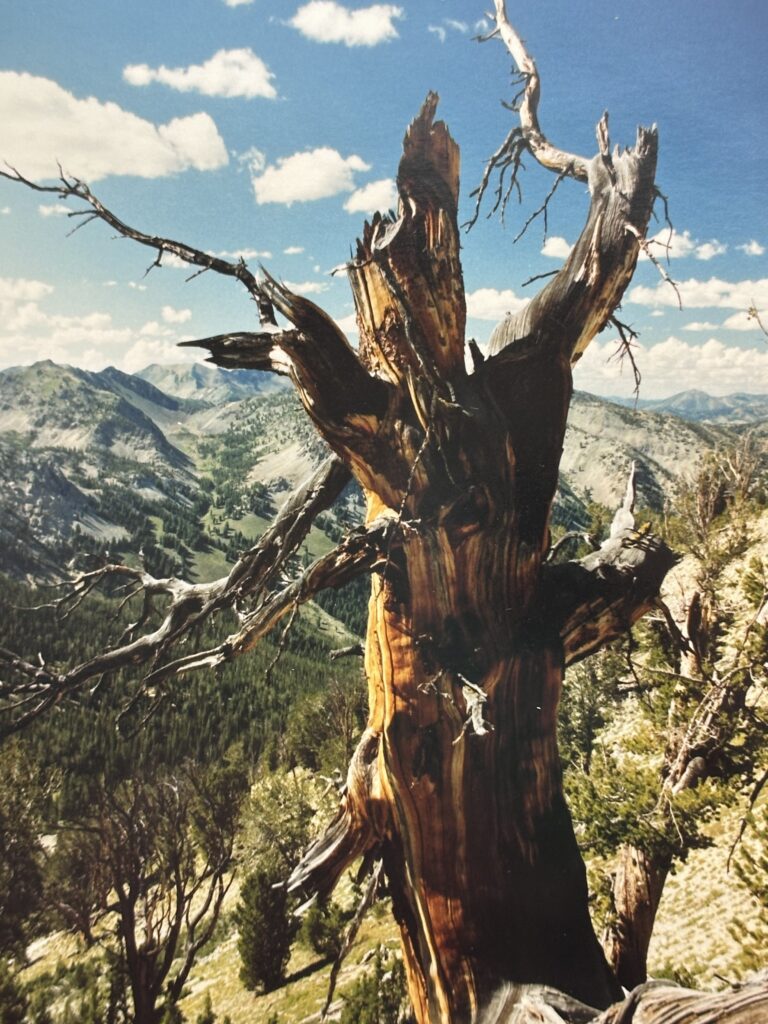
Looking back, it was foolish. Out west, in the summer, one should never climb high passes late in the afternoon. But the summer of 1988 had been so dry. Afternoon thunderstorms were infrequent. I didn’t give it much thought. but should have known better. Hiking alone and cross-country made my decision even more dangerous.
I could have spent a lazy afternoon sulfur springs by the old Bowery mine, reading, napping, and soaking. But instead, I decided to make it back early and spend Saturday night in Ketchum. Or maybe I would head north to the Stanley Stomp. After a week of hiking alone, a cold beer and real food sounded good. So, I set out up the climb up the backside of Ryan Peak. But at around 9,000 feet, I found myself huddled in my sleeping bag under a tarp weighed down with ice.
The Storm
The storm blew up quickly, not long after I left tree line. I still had 1000 feet or so of vertical to cover when I first heard thunder. I hasty retreated downhill, to where the stubby trees began. Soon, lightning popped around the dusty mountains, dry from the summer’s drought that had burned up much of Yellowstone. I could smell the ozone.
Then came the rain. I pulled on my rain parka as hard pelting drops of cold water assaulted. Quickly, I strung a line between two trees. I threw my tarp over the line, and quickly tied off the ends to rocks and logs as the nylon sheet flapped in the wind. Securing it enough not to blow away, I climb under it. Stripping off my rain jacket and pulled on a sweater and slid into rain pants to warm my wet legs. I leaned back against my pack, while watching lightning bolts pop around me. Waiting, I ate a candy bar and wondered again, what I was doing this high up in mid-afternoon.
The storm didn’t last long. When it had passed, I heard more rumblings from behind the mountains, so I set about making sure the tarp was secure and all my gear dry. Fifteen minutes after the first storm passed, the second one hit. This time the sky dropped hail and sleet. I again retreated to my tarp, which was soon covered in accumulating ice. Shivering with cold, pulled out my sleeping bag and covered it with a ground cloth and crawled inside. I quickly warmed up. I began to ponder the danger of fire from lightning strikes.
My plan had been to spend this week hiking in Yellowstone, but so much of that park was burning that I decided to stay in Idaho where I’d been running a camp for the summer. This was my one week off and I’d planned to spend it in the backcountry.
At least, I thought, we’re getting some rain. Of course, it wasn’t enough to reduce the fire danger and the lightning made it move problematic. However, I shouldn’t have to worry too much for at this altitude, even if a fire occurred, there wasn’t much to burn.
Preparing for evening
After the second storm, I walked to a nearby stream and filled a pan with water for noodles. Coming back, I set up my stove and fired it up. The roar of the burner drowned out any other noise as I boiled water. Before adding noodles, I poured off a cup for some tea, then added noodles and let it boil while I savored the tea. At this elevation, it seems to take forever to cook noodles. When they were done, I drained off the water, mixed in some powder milk and the package cheese mix and was soon devouring a pot of macaroni and cheese.
My week on the trail
I’d been hiking all week. The first four days I did a loop within the Sawtooth Mountain Wilderness Area. Then I came back to camp, picked up more provisions, and set out on my second leg of my journey. I was dropped off just north of Galena Summit. I hiked up Grand Prize Gulch. Mostly, I hiked cross country, following streams flowing from the north side of the Bounder Mountains into the Salmon River.
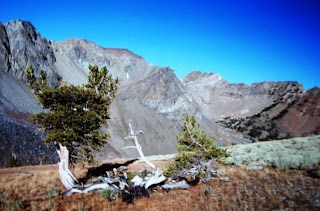
After crossing the pass at the end of Grand Prize Gulch, I dropped down into the West Fork of the East Fork of the Salmon River, or at least I think that’s the name of the stream. It’s certainly not a very creative name, but most of the streams in this part of the country seem to have such names. It was also just a small creek. I followed it a few miles stopping for the evening. I set up camp under lodgepole pines. After dinner, I sat around enjoying a cup of tea while watching the light fade from the valley. .
Birds woke me the next morning as the valley filled with light. The sun rays seemed muted a bit with so much dust and smoke from the Hell’s Canyon fire burning to the west. After my usual breakfast of oatmeal and tea, washed down with a pint of Tang, I continued hiking downstream. Soon, I came to a two-track road that hadn’t been used for a long while since there were no tire tracks in the dust. The road was probably built for mining, but I had a suspicion it was now only used occasional, mostly in the fall by hunters.
Bowery Hot Springs
I continued along the path heading for the hot sulfur springs at a place on the map called Bowery. I could smell the sulfur before I arrived. Once there, I shed my pack and took a leisurely lunch, eating crackers, with cheese and peanut butter while soaking in the creek at the confluence of the water from the hot springs. There, where the hot and frigid waters met, I found a place where the temperature was just right and soaked my body.
After lunch, I explored the area. There was an old mine that drifted back into the hillside, from which flowed warm water. I took out my flashlight and looked inside. I knew better than to go exploring. Mines are hazards, not just from cave-ins or unmarked shafts, but also from bad air and gasses that might quickly cause one to lose consciousness. Unlike most mines, which are quite cool, this one was warmed because of the hot water. From the entrance, I could see the supporting timbers had rotted.
Heading toward Ryan Peak
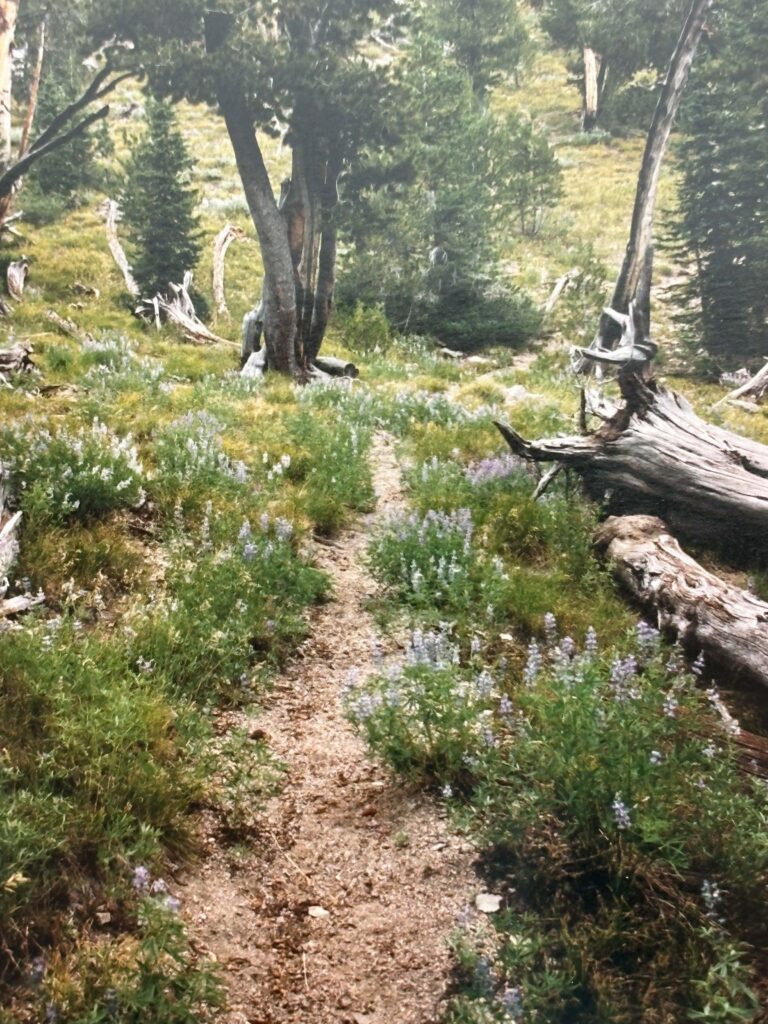
In early-afternoon, I packed my stuff back up and continued, following West Pass Creek. A few miles upstream, I came to an old mining cabin. The roof had collapse and the logs were rotten. Looking around, I found a rusty shovel and a pile of old tin cans. I kept hiking. About 3 PM, left the creek, cutting cross country, aiming for the saddle west of Ryan Peak. I spotted snowbanks, tucked in under the high peaks, shaded from the sun. While climbing up a draw and breathing heavily, I surprised a large elk. The beast turned to look at me, allowing me a good view of his large rack. Then he fled.
Climbing higher, the trees began to thin out and the slope became steeper. With no trail and a steep pitch, I began to zigzag, crossing back and forth over a small stream of snow melt. The trees became shorter. In the draw, by the trickle of water, Indian paintbrush and lupine with their tiny purple flowers grew. Such discoveries had been set aside once the thunderstorms hit.
Evening
That night, after the storms and dinner, a third thunderstorm moved through the area. I went to bed early, reading till the light faded from the sky, then falling asleep. I dreamed of fires. Every time I woke, I’d looked around for flames and sniffed the air for smoke.
Morning
I was relieved when morning arrived. Everything was fresh and clean; the dust had been purged away and sage scented the air. A cool light breeze blew out of the north, gently flapping the tarp, helping it dry. I fixed myself a cup of tea and a bowl of oatmeal. After eating, I wrote of yesterday’s adventures in my journal and read some Psalms. Then I packed up, shouldered my pack, and continued the climb.
There wasn’t a cloud in the sky. I took a break at the top of the pass, tanking up on water. Dropping down the south side of the saddle, I came upon the trail to Ryan’s Peak and followed it as it zigzagged through the sage, down into the valley. I passed a few day hikers, the first people I’d seen in almost 48 hours. They were As they headed up to the peak, we exchanged a quick greeting. I didn’t stop until I was at upper stretch of the North Branch of the Big Wood River. These waters flowed into the Snake River and through Camp Sawtooth, my home for the summer..
I paused for a snack while watching a man with a fly rod cast into a pond behind a beaver dam. He didn’t seem to be having much luck. After a short rest, I continued, walking the dirt road toward camp. I was surprised the ground was so dusty. When I got back early that afternoon, still in time to get to town for the evening, I discovered that although those at the camp could hear the storms and see the lightning the evening before, the camp didn’t receive a drop of rain.



